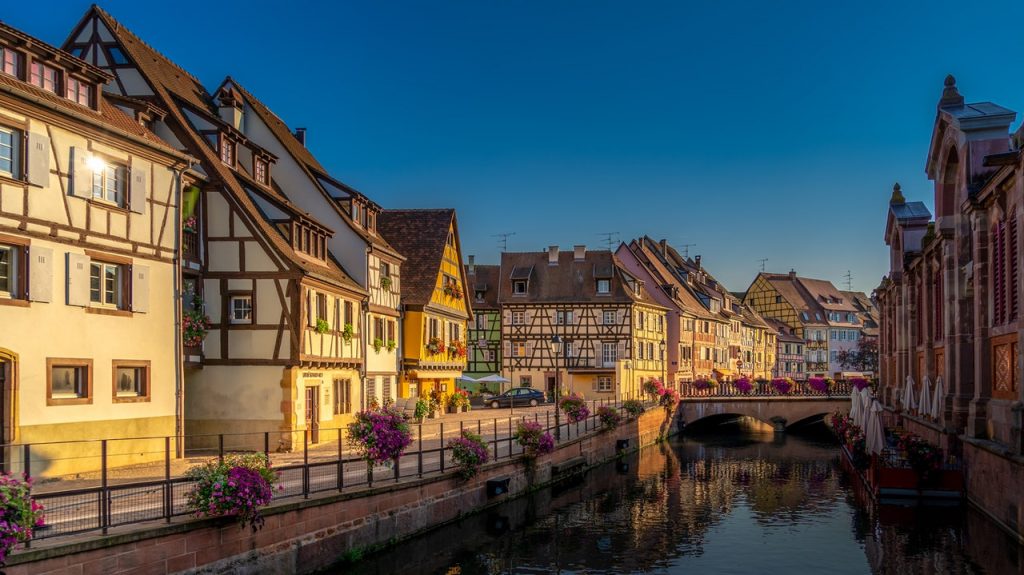The History of Timber in Architecture

One of the finest products from nature that has been used in large scale, is Timber (used in the Construction Industry). In particular, Grey Timber is extremely beautiful. This includes its use for building large or small buildings. Based on its natural and chemical treatment, timber can withstand both time and pressure, making it ideal for building houses.
Timber is defined as unfinished woods which are felled from trees, before they are processed (using products like decking oil) to finished products for their use in construction. It’s an amazing product, but manufacturing timber planks for the construction industry comes with its own set of challenges. As timber is obtained from deforestation and clearing forest lands, many worry about losing too many green areas throughout the country.
Timber and its properties:
Timber has been used in architecture for centuries. Being a renewable source that is inexpensive and has great usability, timber has found an irreplaceable place in the construction industry. The only big disadvantage is the risk of combusting, which again, can be coated and treated with chemicals. Timbers are classified based on the plane of cuts: tangential and radial. It is an insulator of heat, hence the energy cost or producing timber goes down during winters. Timber do tend to absorb water very well, and were therefore neglected in the more ancient days. Today, however, with biochemical treatment and waterproof coating, we can prevent the wood from rotting, and keep it safe for decades. T
The constructions created with timber are usually lighter in mass, and can be built in a short period of time. It does not require a lot of human labour and skill, which makes it a really good deal, from a financial point of view.
Types of wood used as Timber:
The most common timbers are hardwoods; dense woods such as oak, teak and maple. These are used for their sturdiness and durability, and they are commonly used for flooring, millwork and doors. These woods have a remarkable grainy structure in them, and their strength is based on their aging. The oak is the oldest hardwood tree that has ever been used in construction and architecture. It’s an amazing but expensive choice, as it is the source of one of the very strongest timbers in the word. Softwoods, on the other hand, are used to make the more defined and delicate structures. The coniferous trees such as spruces and pines are popular choices when making door- and window frames, cupboards, stairs, furniture and even paper. The demand is so high that the cost for these types of wood are also slightly overpriced. The suppliers do sometimes face difficulties in meeting the demands for these bad boys.
History of Timber in use:
The stone-age men were the first to discover the capabilities of timber, as it could be used to create endless designs. They found out pretty early that it could be used in creating elaborate structures and housing. As it was difficult to build structures of stones, men from these early times used wood and timber to construct their shelters and – with its capability to withstand weights based on the age and thickness – unleashed a world of potential for creating other timber structures including: support-roofs, domes and the wheel. The timber from thinner trees were used as weapons, too.
All these wooden-types are now a part of various interior structures that support our housing and designs worldwide. Early structures of boats, temples and libraries in up to year 50 BTC were created as wooden structures, and have survived a long time. Unfortunately much of it is lost though, as some of these structures were damaged by centuries of war and fire. Foundations, beams and posts created by wood were used even before the use of stone and cement in some places! So, Timber has been used since the 9th and 10th century, especially in Asia and Europe.


